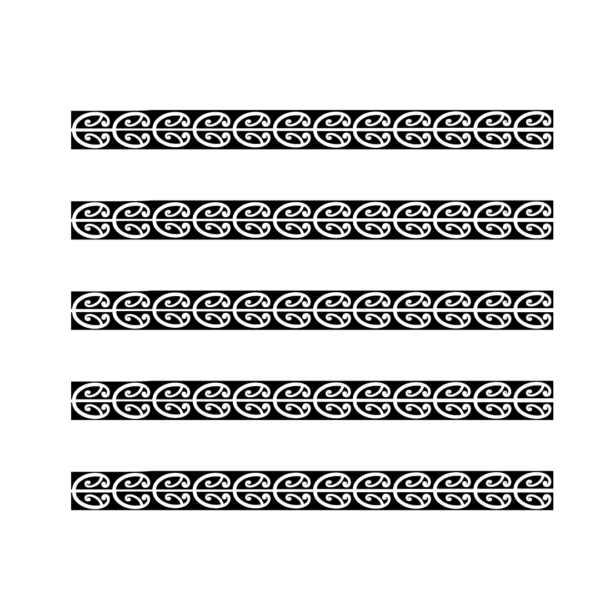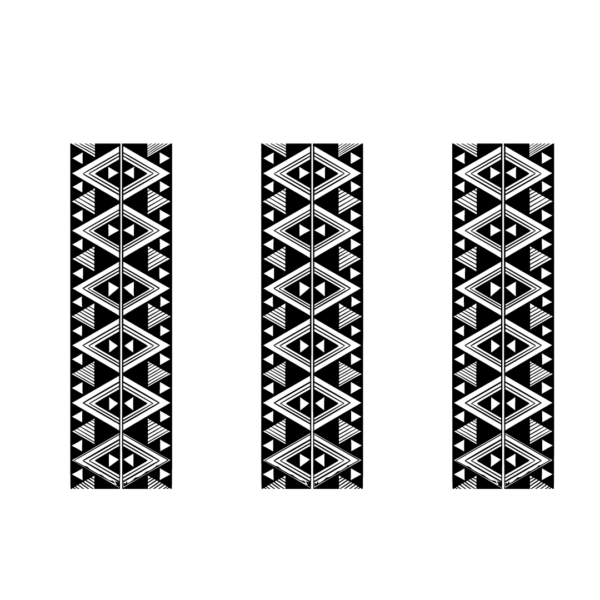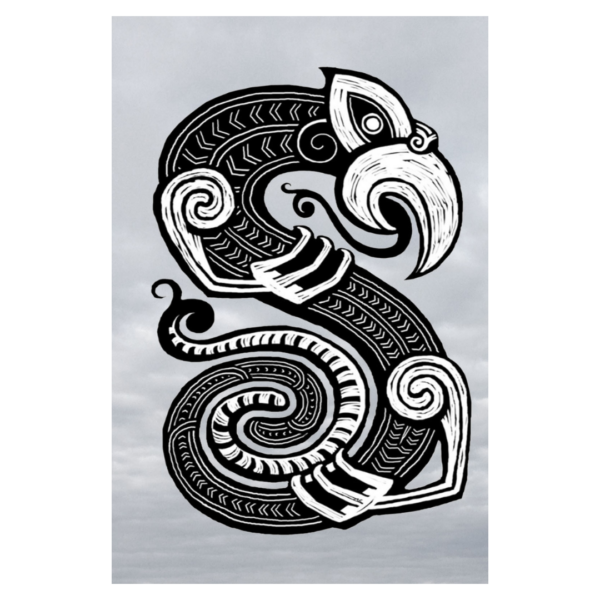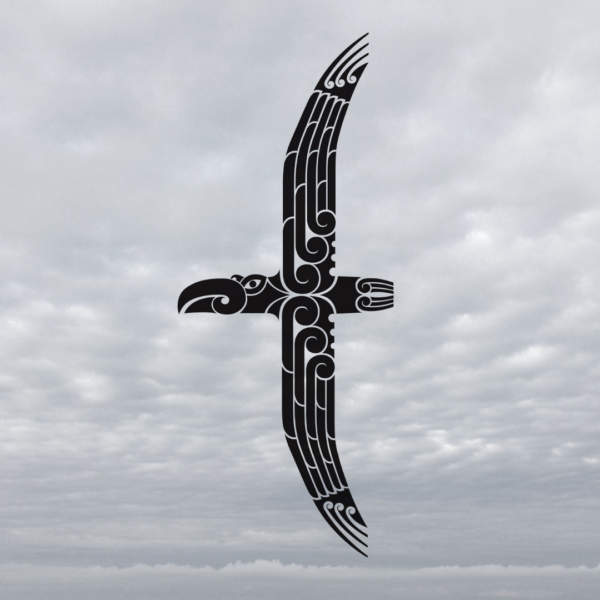Is Māori design for everyone?
In today’s diverse and culturally rich world, incorporating indigenous design elements into your brand can be a powerful way to resonate with your audience. Māori design, with its rich history and deep symbolism, offers a unique aesthetic and cultural depth that can significantly enhance a brand’s identity.
However, it’s crucial to understand that Māori design is not for everyone. Authentic integration requires more than just visual appeal; it demands a deep respect for Māori culture and a genuine alignment with your brand’s values and mission.
The Importance of Authenticity
Authenticity is the cornerstone of any successful brand strategy. When integrating Māori design elements, it’s essential to ensure that these elements are not just tacked on for aesthetic appeal but are genuinely reflective of your brand’s ethos. Authenticity in this context means:
1. Respect for Culture: Māori design is steeped in cultural significance. Each pattern, symbol, and motif carries its own meaning and history. Using these elements without understanding their context can lead to misrepresentation and cultural appropriation.
2. True Alignment: Your brand’s mission, values, and vision should naturally align with the principles embodied in Māori design. This alignment ensures that the integration feels organic and genuine rather than forced or superficial.
3. Staff and Stakeholder Engagement: Everyone involved in your brand, from employees to stakeholders, should understand and embrace the incorporation of Māori design. This collective understanding fosters a cohesive and authentic representation of your brand to the public.

Understanding and using Māori symbolism
Māori symbolism is rooted in the land, the people, and the stories of Aotearoa (New Zealand). It encompasses various forms of art, including carving (whakairo), weaving (raranga), and tattooing (moko).
Each form has its own set of symbols and meanings, which are often interconnected with the natural world, spirituality, and the community. Well understood and carefully, respectfully used they can bring a lot to your brand:
1. Cultural Depth and Storytelling: Incorporating Māori design allows your brand to tap into the rich tapestry of Māori stories and traditions. This storytelling aspect can create a deeper connection with your audience, as it adds layers of meaning and history to your brand narrative.
2. Unique Visual Identity: Māori design elements can set your brand apart with their distinctive patterns and motifs. These elements can be incorporated into various aspects of your brand, from logos and packaging to website design and promotional materials.
3. Community Engagement: By respectfully integrating Māori design, your brand can foster stronger connections with the Māori community and demonstrate a commitment to cultural appreciation and inclusivity. This approach not only enhances your brand’s reputation but also attracts non-Māori individuals who value inclusivity and respect for diverse cultures. This broad appeal can position your brand as a leader in cultural inclusivity, resonating with a wide audience.

Best practices for integrating Māori design
1. Consult with a Māori Designer: Māori design is really cool and all New Zealanders should feel comfortable being influenced by Māori motifs and stories. Many Māori shapes and designs are not tapu (sacred) and can be used freely by any Kiwi because nobody really owns them. However it is best for a business or organisation to engage with a designer of Māori descent who has built up a body of commercial work using Māori design for business and organisational branding. This will ensure your design is respectful and accurate. This collaboration will also bring new insights and creativity to your brand.
2. Educate Your Team: That same designer should be able to brief your team on understanding the significance of the Māori design elements you are incorporating. This may include the cultural context, meanings, and appropriate usage of these elements. This education will empower your staff and connect them to Māori design. They should never be made to feel nervous about incorporating Māori design. There are no Māori design police!
3. Reflect on Relevance: Māori design can be aesthetic to add beauty, strength or visual interest. At other times it can convey deeper meanings. As long as that meaning has an authentic connection to your business then you can confidently use it. It’s all about connections so that the integration of Māori design aligns with your brand’s identity and helps you thrive. Māori design for progressive businesses does not have to be old school or stuck in the past, but can be evolving to authentically express innovative culture.

Conclusion
Māori design, with its profound cultural significance and unique aesthetic, can greatly enrich your brand. However, it’s not a decision to be taken lightly or adopted superficially.
Authentic integration requires deep respect, understanding, and alignment with your brand’s core values. By embracing Māori design in a genuine and respectful way, your brand can create meaningful connections and stand out in a crowded market. Remember, the key to successful integration is authenticity, and that starts with a true appreciation of the culture and people from whom these designs originate.

About the Authors: Adam Errington & Sarah Bonnefoy
Adam Errington, our creative director based in Wellington, and Sarah Bonnefoy, our senior brand strategist based in Auckland, bring a wealth of expertise to Re:brand.
With 28 years of experience in advertising, visual identity, and Māori design, and over 15 years of expertise in brand building and marketing for major brands, they regularly combine their strengths to share insightful industry perspectives.



